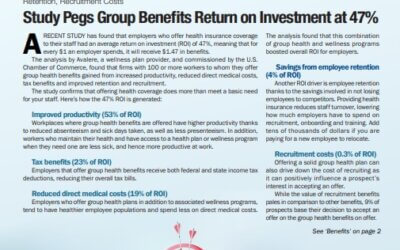Telemedicine got a big boost during the COVID-19 pandemic, and now a number of states have been moving to ensure that health plan enrollees still have access to it and pay for it just as they would in-person visits.
During the pandemic, insurers agreed to pay for virtual visits just as they would for a face-to-face appointment, doctors who had been reluctant to try new technology embraced it as a way to limit patient exposure, and lawmakers loosened federal regulations that for years had restricted telemedicine’s use.
But more than two years into a public health emergency, some health insurers have begun to roll back their pandemic-era coverage policies or fallen into a pattern of extending coverage for only a few months at a time. There are now efforts in a number of states to require that health insurers cover telemedicine visits the same as face-to-face ones.
Thirty-one states mandate both coverage parity and payment parity. The language of the payment parity mandates differs by state. In eight of them, the mandated payment applies only to the deductibles, copayments and coinsurance faced by the insured. For example, in Texas, coinsurance, copayments and deductibles for telemedicine “may not exceed” those for the same service provided in person.
Other states mandate parity in how insurance plans reimburse providers. For example, in Arkansas and California, reimbursement for health care services provided via telemedicine must be “on the same basis as in-person services.”
Telemedicine improves outcomes, saves money
Recent studies have shown that telemedicine can yield significant savings for group health plans and covered employees — but only if the employees actually use it.
The main thrust of telemedicine is to give workers the option to talk to a health care provider over the phone or by video link about a health issue they may be having. Maybe waiting for an appointment slot to open with their doctor would take too long, or perhaps driving to the doctor’s office may be unfeasible for whatever reason.
Experts say that allowing health plans to charge for telemedicine visits the same as they do for in-person visits can reduce the likelihood that an illness is left untreated, which increases treatment costs in the end, especially if they have to go to the emergency room for treatment.
Telemedicine benefits
Convenience — For many people it’s hard to take time out of the day to go to the doctor, particularly in areas where access to care is limited. For non-serious cases, telemedicine is a good option. If the physician or nurse feels that symptoms are serious, they can always ask the covered individual to come in for an appointment.
Cost savings — Just by its nature, telemedicine can save money, particularly for individuals who habitually go to ER or urgent care for routine services. Telemedicine can be marketed to employees as a much less expensive alternative for after-hours care.
Managing chronic illness — Telemedicine is ideal for workers with chronic conditions who may have a hard time getting to regular doctors’ appointments. Technology exists that can transmit health data from a patient’s home to a doctor’s office.
Addressing concerns
Many people are uneasy about working with a provider over a video link if they have had no prior patient relationship with them.
You can address these concerns by:
- Highlighting credentials of doctors in the telemedicine network.
- Working with us or your health insurer to try to change plan designs in order to eliminate copays for telemedicine.
- Setting aside a room at your offices where your staff can access telehealth services, particularly if they have chronic conditions that may need monitoring on a regular basis.
- Choosing the right vendor, which is crucial. Evaluate vendors based on patient satisfaction, the quality of the providers and the breadth of specialties available.

